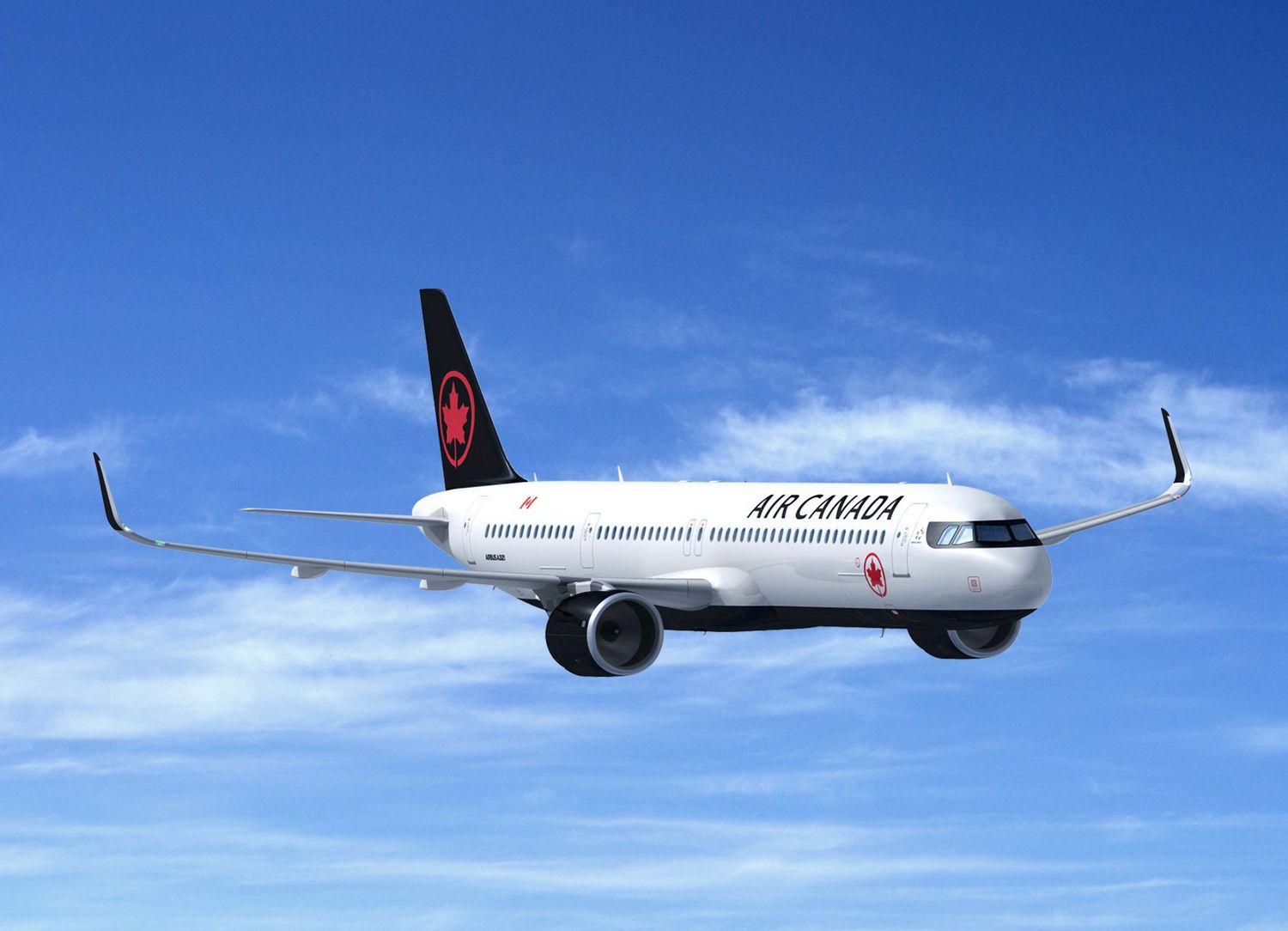Air Canada: Airbus A321XLR fleet will use Pratt & Whitney engines
Air Canada selected Pratt & Whitney PW1000G GTF engines as the powerplant for its order of forty-four Airbus A321XLR. Delivery of the first aircraft is scheduled for the first quarter of 2024.
Rick Deurloo, CCO of Pratt & Whitney, said: «Our GTF engines have helped save their operators more than 2.5 billion liters of fuel since their introduction in 2016. This has resulted in a reduction of around six million metric tons of carbon emissions.» On the business with the Canadian airline, the executive added that «Air Canada will be able to continue to serve its customers with the most efficient engines in the world.»
Air Canada has thirty firm purchases and fourteen A321XLR options. Pratt & Whitney will also maintain the engines. The two companies have a long history of cooperation: the airline’s first aircraft, a Lockheed Model 10 Electra, used Pratt & Whitney Wasp engines. Air Canada’s fleet of Boeing 767 aircraft also used engines from the U.S. manufacturer.
Related content: Air Canada makes it easier for Ukrainians to fly to Canada with Aeroplan points donations
In addition to the A321XLRs to be introduced in a couple of years, Air Canada also operates units of the A220-300 family, powered by the PW1000G engine. It currently has twenty-eight units of the type and has orders for another seventeen.
Richard Steer, Air Canada’s Senior Vice President of Operations, said: «The GTF engines for our Airbus A321neo fleet are the best option we have. Their efficiency will help us reduce costs and allow us to expand our network. It will also help advance our sustainability program by reducing emissions and noise.»
The GTF engines used on the A320neo family reduce fuel consumption and carbon emissions by 16 percent and noise by 75 percent when compared to their A320ceo version.


Comentarios
Para comentar, debés estar registrado
Por favor, iniciá sesión